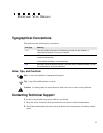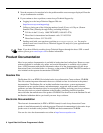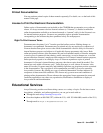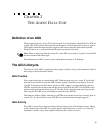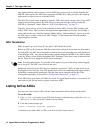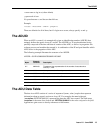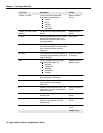
11
CHAPTER 2
T
HE AGENT DATA UNIT
Definition of an ADU
When an agent logs in to Avaya IC for the first time, a record called an Agent Data Unit (ADU) is
created. The ADU contains information about the agent’s activities during the session. A typical
ADU might contain the time the agent logged in, the various states the agent entered (InCall,
WrapUp, and so on..), and the time when the agent last entered each state.
Note: When an agent logs back into Avaya IC, a new ADU is not created. Avaya IC uses the ADU
that was created at the initial login.
The information in ADUs is used to create Agent Status monitors in IC Manager.
The ADU Lifecycle
The lifecycle of an ADU is comprised of three stages: creation, activity, and termination. Each of
these stages is discussed in this section.
ADU Creation
Every agent session has a corresponding ADU. When an agent logs on to Avaya IC for the first
time, the Avaya Toolkit invokes the ADU.Create() method, which passes the agent’s Avaya IC
login ID. In response, the ADU Server creates an ADU, assigns it a unique identifier called an
ADUID, and stores the creation time and the agent’s login ID in the ADU. This ADUID is used
whenever the agent logs back into Avaya IC. In other words, when the same agent logs out and
back in again, the ADU server will attempt to reuse the same ADUID.
This behavior differes slightly from the way ADUIDs were created in previous versions (prior to
version 5.5). In older versions, a new ADUID was created each time an agent logged in.
ADU Activity
The ADU is a real-time storage record that collects strings of text from multiple sources. During
its life, the dual job of the ADU is to log the agent’s state information, as well as to collect the
information ({name, value} data couples) entered by other clients or servers.





